Alex Masi, Italien
Indien: Die Katastrophe von gestern ist das Drama von heute
In einem Werk des US-Chemiekonzerns Union Carbid traten im Dezember 1984 im indischen Bhopal aufgrund technischer Pannen, nicht zuletzt verursacht durch Sparmaßnahmen, mehrere Tonnen giftiger Stoffe in die Atmosphäre. Tausende Menschen starben an den unmittelbaren Folgen. Unzählige erblindeten, erlitten Hirnschäden, Lähmungen, Lungenödeme, Herz-, Magen- und Leberleiden. Später kamen Fehlbildungen an Neugeborenen und Wachstumsstörungen bei heranwachsenden Kindern hinzu.
Ein Grund dafür ist, dass sich nach wie vor hochgiftige Überreste aus der Explosion in Boden und Grundwasser befinden. Niemand fühlt sich für die Sanierung des Industriegeländes zuständig. Genauso wenig wie für die Geschädigten. Der italienische Fotograf Alex Masi fühlt sich als Augenzeuge verpflichtet, in seinem Langzeitprojekt auf diese unsägliche Situation und das bis heute nicht gelöste Problem der Giftmüllentsorgung aufmerksam zu machen.
 Bild 1 von 16 © Alex Masi/Corbis Images
Bild 1 von 16 © Alex Masi/Corbis Images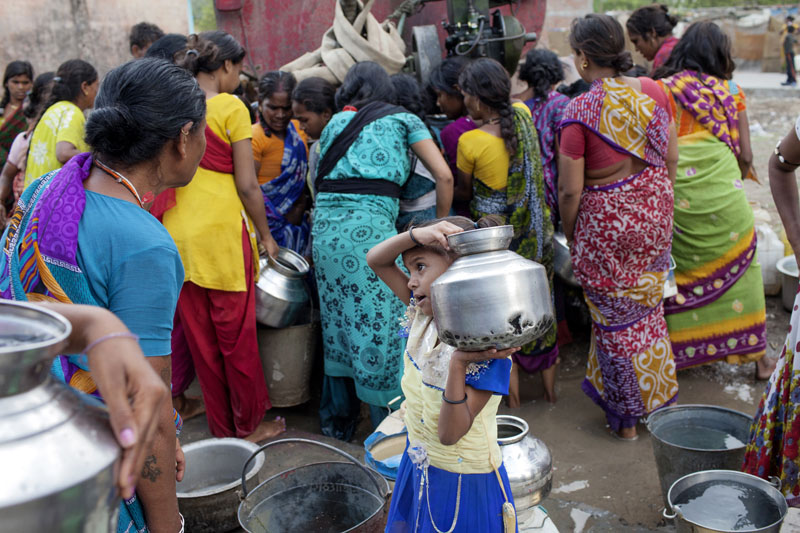 Bild 2 von 16 © Alex Masi/Corbis Images
Bild 2 von 16 © Alex Masi/Corbis Images Bild 3 von 16 © Alex Masi/Corbis Images
Bild 3 von 16 © Alex Masi/Corbis Images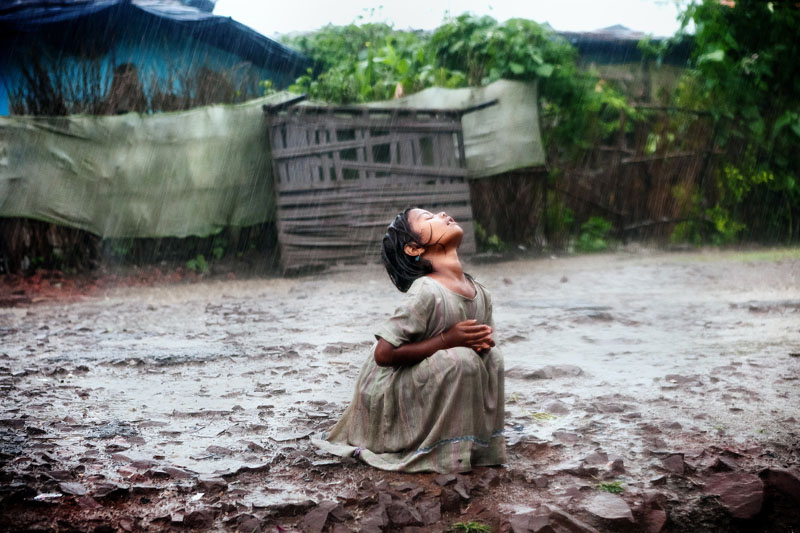 Bild 4 von 16 © Alex Masi/Corbis Images
Bild 4 von 16 © Alex Masi/Corbis Images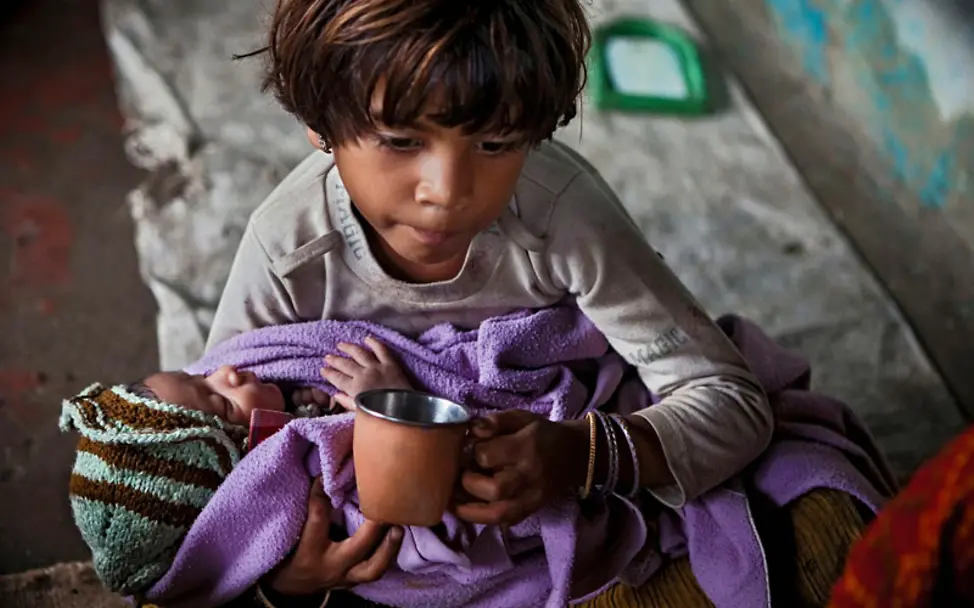 Bild 5 von 16 © Alex Masi/Corbis Images
Bild 5 von 16 © Alex Masi/Corbis Images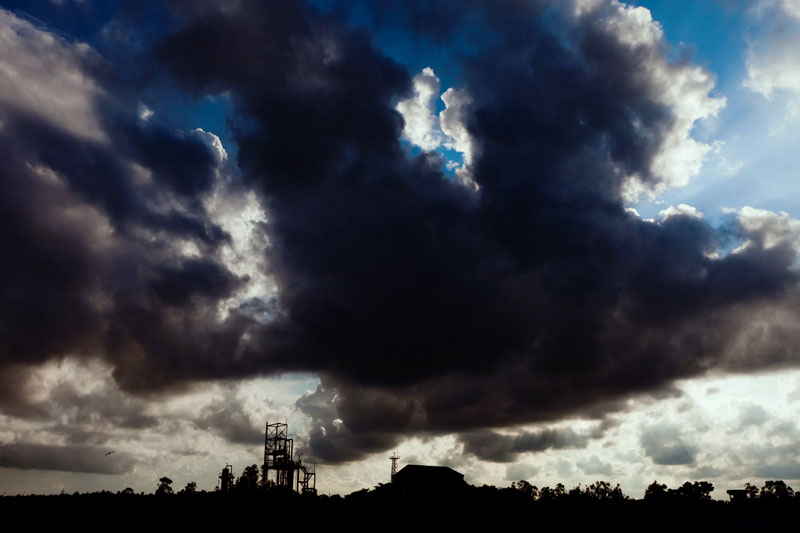 Bild 6 von 16 © Alex Masi/Corbis Images
Bild 6 von 16 © Alex Masi/Corbis Images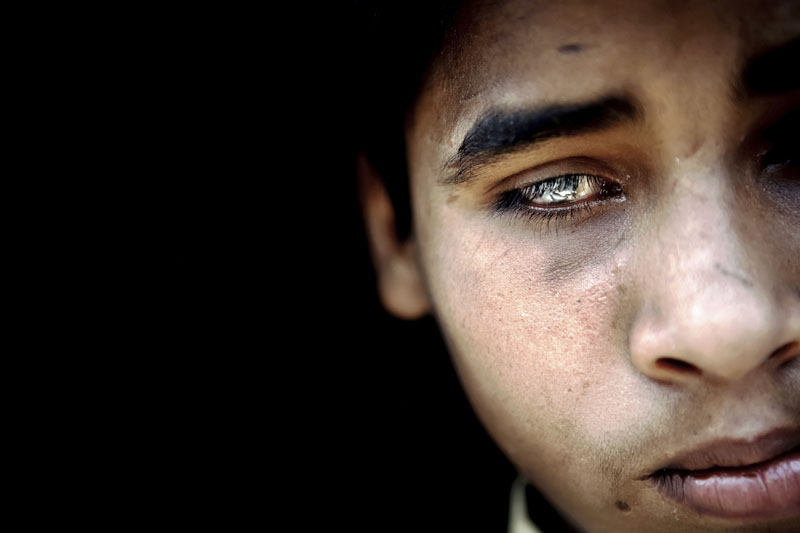 Bild 7 von 16 © Alex Masi/Corbis Images
Bild 7 von 16 © Alex Masi/Corbis Images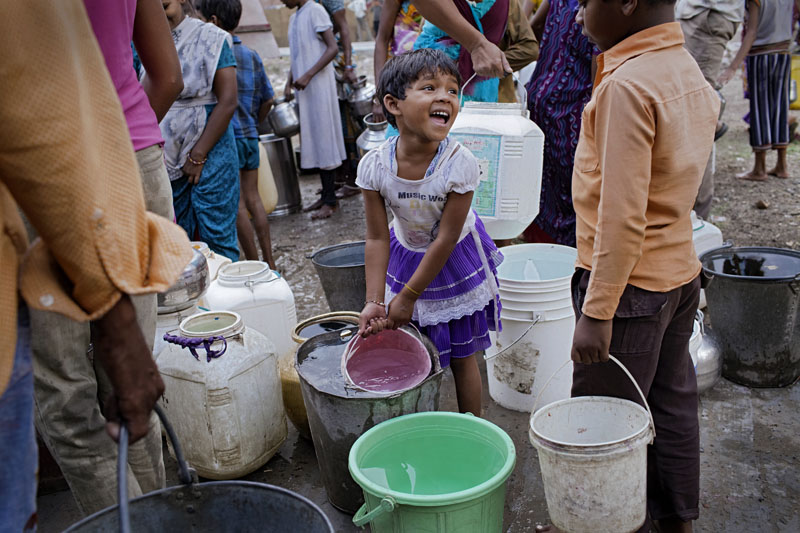 Bild 8 von 16 © Alex Masi/Corbis Images
Bild 8 von 16 © Alex Masi/Corbis Images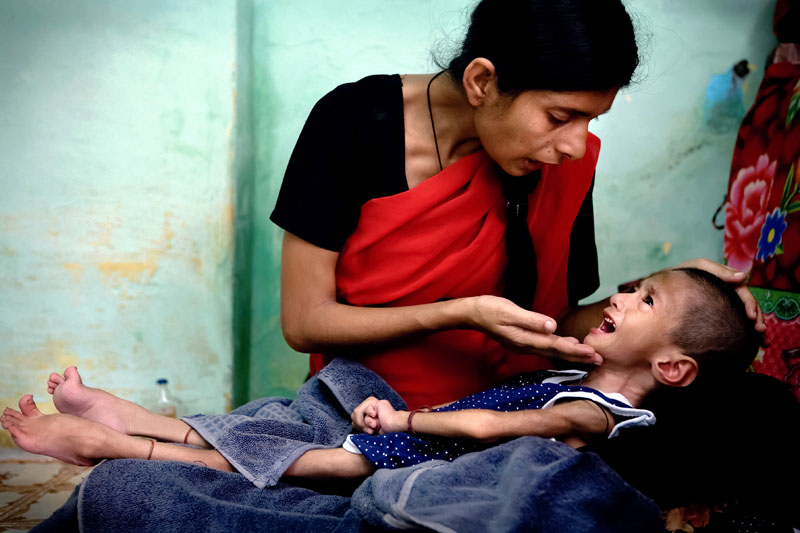 Bild 9 von 16 © Alex Masi/Corbis Images
Bild 9 von 16 © Alex Masi/Corbis Images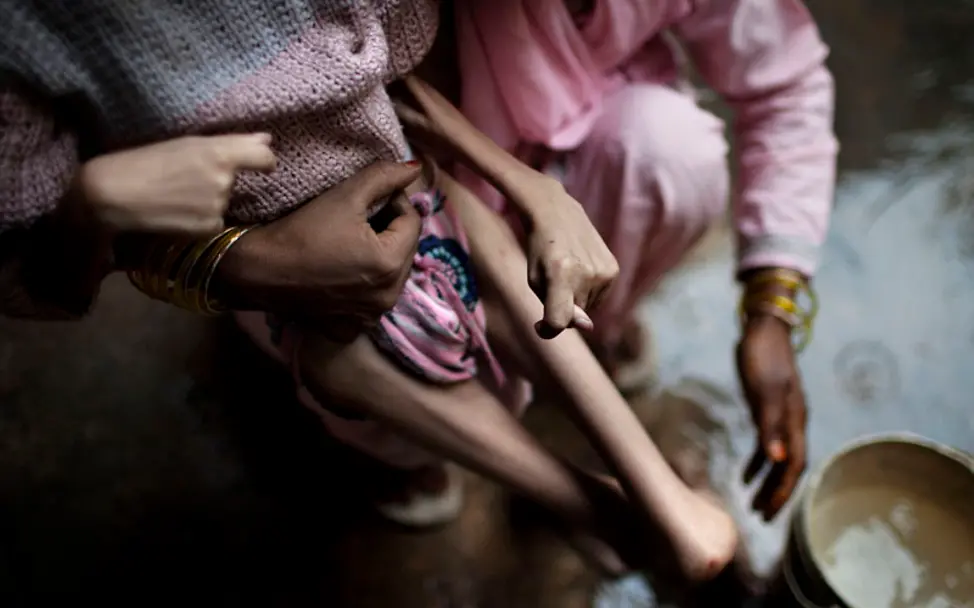 Bild 10 von 16 © Alex Masi/Corbis Images
Bild 10 von 16 © Alex Masi/Corbis Images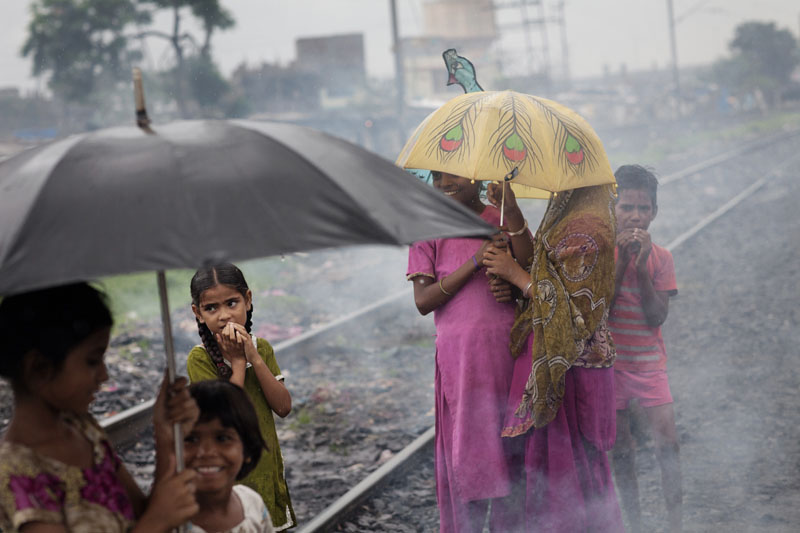 Bild 11 von 16 © Alex Masi/Corbis Images
Bild 11 von 16 © Alex Masi/Corbis Images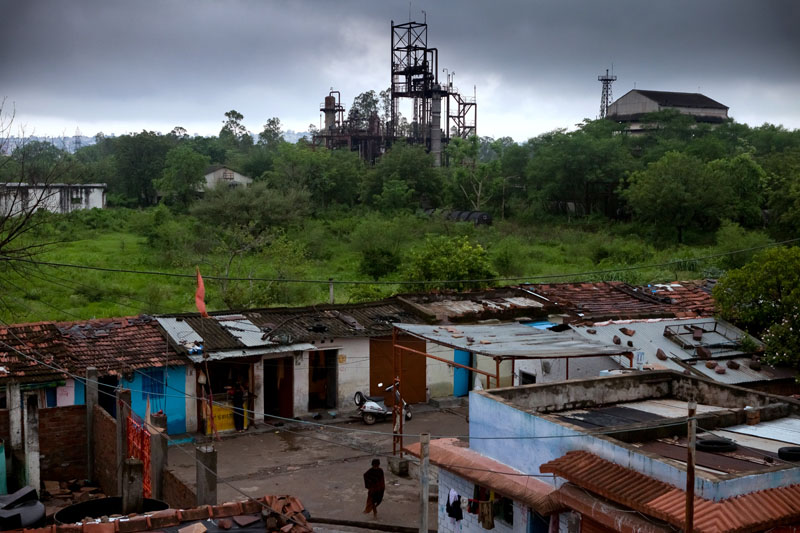 Bild 12 von 16 © Alex Masi/Corbis Images
Bild 12 von 16 © Alex Masi/Corbis Images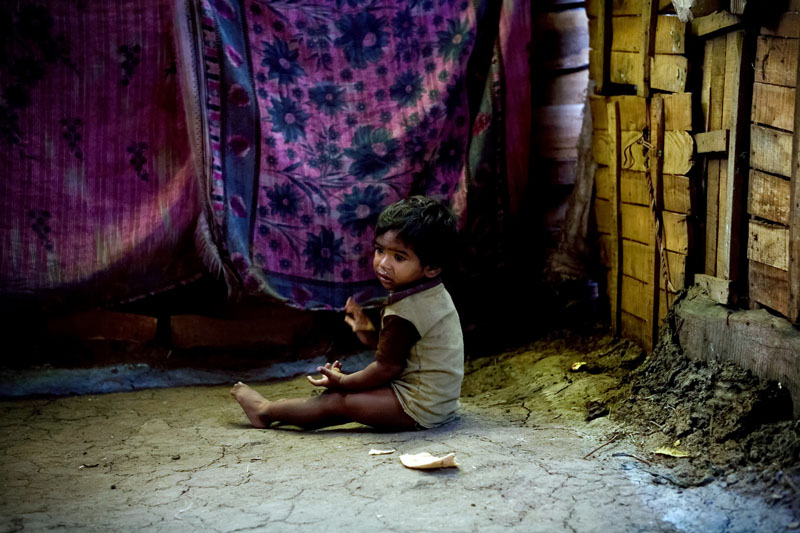 Bild 13 von 16 © Alex Masi/Corbis Images
Bild 13 von 16 © Alex Masi/Corbis Images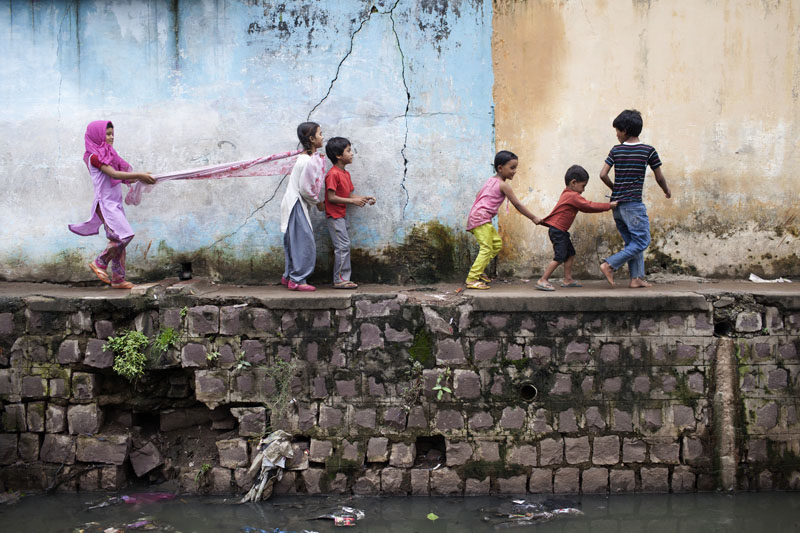 Bild 14 von 16 © Alex Masi/Corbis Images
Bild 14 von 16 © Alex Masi/Corbis Images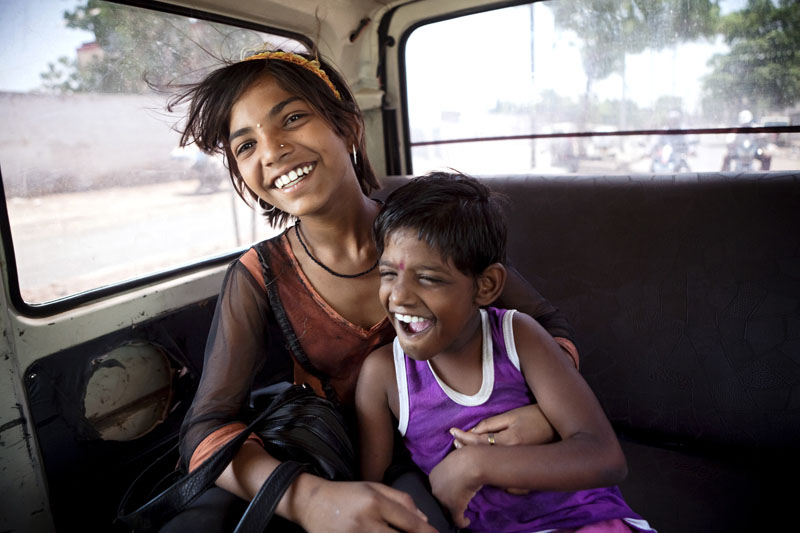 Bild 15 von 16 © Alex Masi/Corbis Images
Bild 15 von 16 © Alex Masi/Corbis Images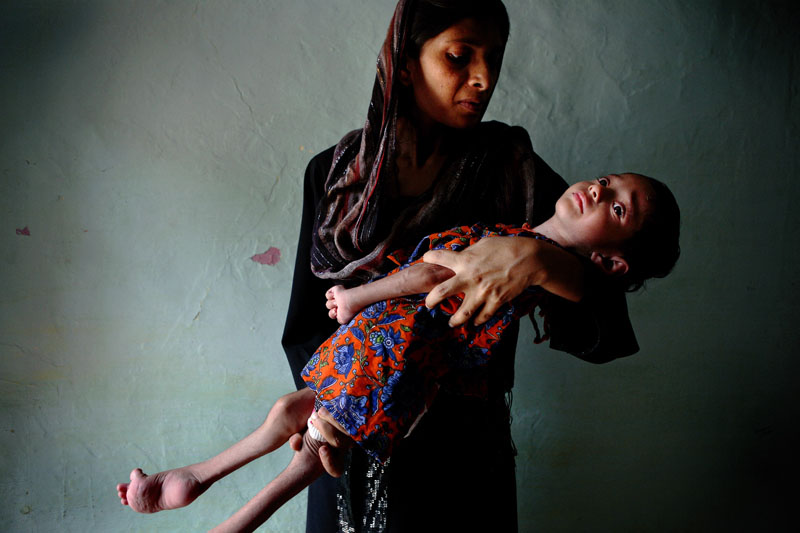 Bild 16 von 16 © Alex Masi/Corbis Images
Bild 16 von 16 © Alex Masi/Corbis Images
Biografie: Alex Masi

After having completed a degree in ‘Photojournalism’ at the ‘London College of Communication’ in 2006, Alex has begun to investigate and document critical socio-environmental issues and human rights abuses in countries such as India, Afghanistan, Nigeria and most recently Iraq. He has devoted his attention on exposing peculiar stories of human-made injustice, focusing mainly on children, their living conditions, their health, their human rights.
In the past 3 years Alex has visited Bhopal, India, several times documenting the severe water pollution in the city and its impact the local population, as a consequence to the poisonous chemicals left behind by Union Carbide (now DOW Chemical) after the infamous 1984 gas disaster. Most recently, he has collected testimonies and produced images exposing the mysterious sharp increase in birth defects in Fallujah, Iraq, after two fierce US-led sieges in 2004.
Alex believes documentary photography ought to be an active catalyst in promoting awareness, political and juridical change, and foster action by individuals, NGOs and governmental bodies. He strives to portray my subjects with intimacy and meaning. Alex aspires to convey emotions, to present images that stimulate our deeper and most innate feelings, our senses of empathy, justice, respect and brotherhood.
His work has appeared on international publications such as ‘GQ’, ‘Newsweek’, ‘The Guardian’, ‘The New York Times’, ‘Smithsonian Magazine’, ‘Foreign Policy’, ‘Vanity Fair’, ‘Marie Claire’, ‘VIEW (Stern)’, ‘El Pais Semanal’, ‘The National Magazine’, ‘Die Zeit’, ‘Welt am Sonntag’ and ‘Süddeutsche Zeitung Magazin’ among many others.
- 2. Platz: Abhijit Nandi - Leben als DrahtseilaktNach Schätzungen von UNICEF gibt es in Indien mehr als 29 Millionen Kinderarbeiter im Alter zwischen fünf und 14 Jahren. Der Abhijit Nandi betont, dass die Abschaffung der Schulgebühren allein nicht ausreicht, um die Probleme dieser Mädchen und Jungen zu lösen.
- 3. Platz: Andrea Gjestvang - Der schlimmste Tag ihres LebensDie Fotografin Andrea Gjestvang ist durch Schweden gereist, um 43 der 495 Jugendlichen, die das Massaker von Oslo und Utøya überlebt haben, zu porträtieren.
- 4. Platz: Laerke Posselt - SchönheitsköniginnenLaeke Posselt fand Zugang hinter den Kulissen solcher Schönheitswettbewerbe in Alabama, Georgia und South Carolina sowie zum Zuhause der Kleinen. Sie traf auf Offenheit und Sympathie. Gleichzeitig überfiel sie Unbehagen.